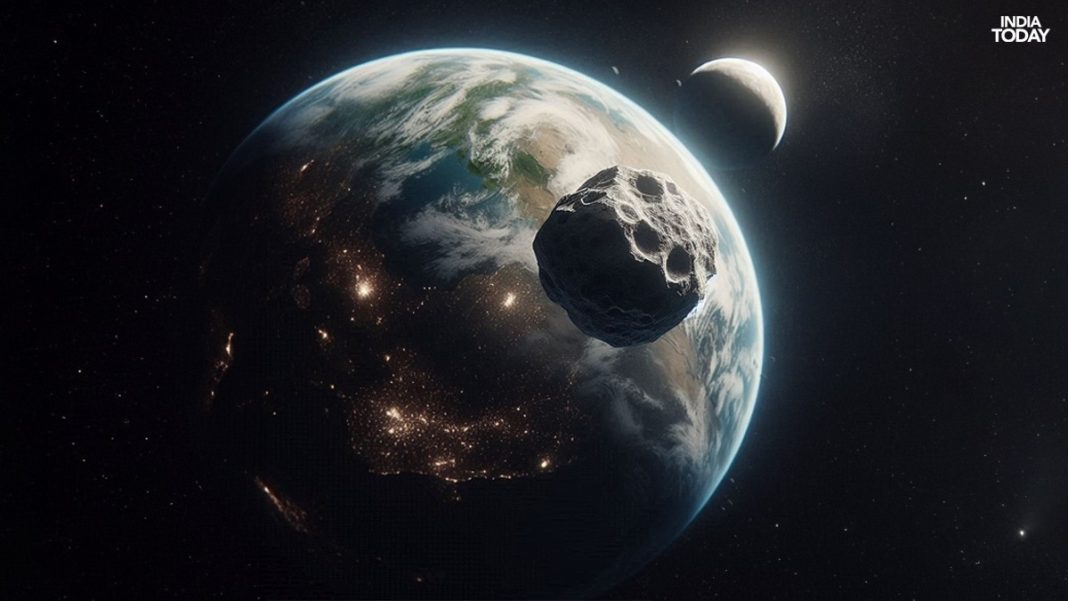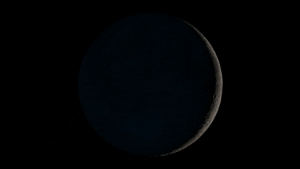Earth Has a New Moon: Scientists Name It Arjuna 2025 PN7
A newly discovered asteroid, 2025 PN7, has been confirmed as Earth’s latest quasi-moon, a celestial companion that has been orbiting near our planet since the 1960s and will continue until the 2080s.
Key Takeaways
- Asteroid 2025 PN7 is Earth’s newest quasi-moon, discovered in 2025
- It has been in stable orbit since the 1960s and will remain until 2080s
- Belongs to special Arjuna class asteroids with Earth-like orbits
- Unlike true moons, quasi-moons aren’t gravitationally bound to Earth
What Are Quasi-Moons?
Quasi-moons like 2025 PN7 share Earth’s orbital period around the Sun, completing one revolution in roughly one year. However, their slightly different paths cause them to drift closer and farther from Earth over time.
“They are like dance partners moving in step but never holding hands,” researchers described in their paper “Meet Arjuna 2025 PN7.”
The Arjuna Asteroid Family
2025 PN7 belongs to the Arjuna class – asteroids that move around the Sun in orbits very similar to Earth’s. These objects form what scientists call a secondary asteroid belt near Earth’s orbit.
The story of these cosmic companions began with 1991 VG, the first asteroid discovered in an Earth-like orbit. Initially, its close approach sparked theories about it being an alien probe, but decades of research confirmed these are natural bodies.
Stable Orbital Companion
The new study reveals that 2025 PN7 has maintained a stable quasi-satellite state for over a century. Unlike mini-moons that are temporarily captured by Earth’s gravity, quasi-moons remain nearby without being pulled in, existing in a delicate gravitational balance.
They move in resonance with our planet’s orbit around the Sun, creating the appearance of orbiting Earth when viewed from a rotating reference frame.
Earth’s Other Quasi-Satellites
2025 PN7 joins other known Earth quasi-satellites including:
- Kamo’oalewa (2016 HO3)
- Cardea (2004 GU9)
- 2023 FW13
This discovery adds another crucial piece to understanding how small bodies move through the Earth-Moon system and the broader Solar System.
For astronomers, 2025 PN7 represents more than just another space rock. It demonstrates the dynamic nature of Earth’s cosmic neighborhood – a quiet, looping traveler that has accompanied our planet for decades and will continue its celestial dance for much of this century.





